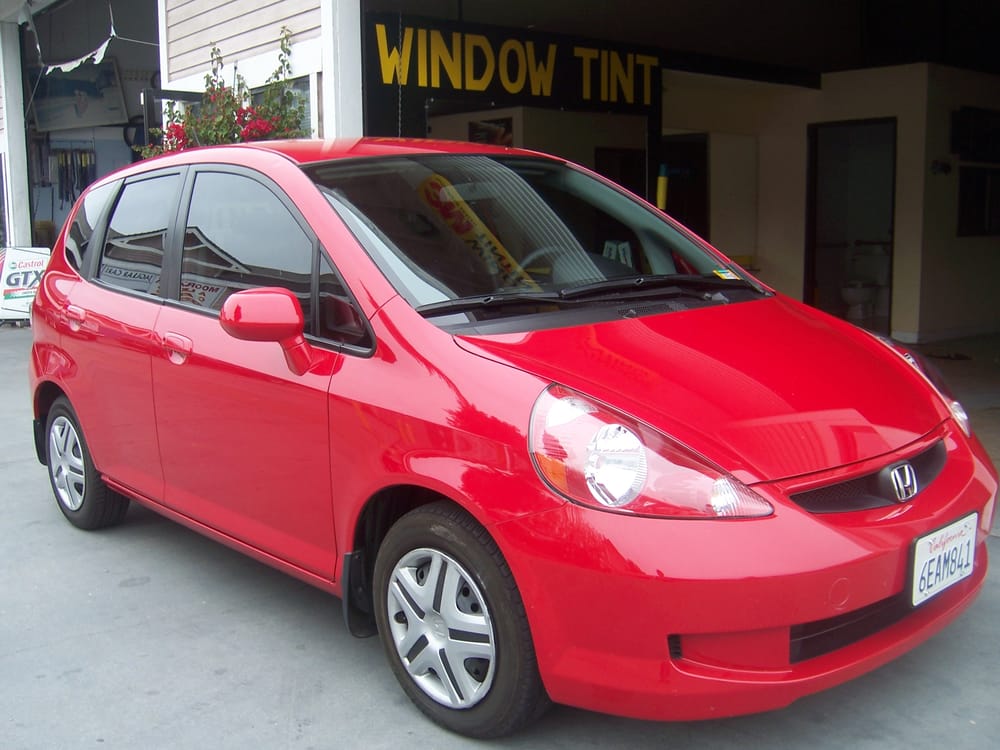
Navigating the realm of auto tinting requires a nuanced understanding of the various tint types and their specific benefits. Dyed tints, often the most economical, provide basic UV protection and aesthetic enhancement, whereas metallic tints offer increased heat rejection due to their reflective properties. For those seeking premium solutions, ceramic and carbon tints deliver superior UV protection and glare reduction without signal interference. Evaluating these options against factors such as legal regulations, material quality, and installation methodologies is crucial. To truly understand how these elements interplay and influence your decision, one must consider…
Types of Window Tints
When selecting the best window tint for your vehicle, understanding the various types available is crucial for making an informed decision. Among the most prominent types are dyed, metalized, hybrid, carbon, and ceramic tints, each offering unique benefits and characteristics.
Dyed window tints are often favored for their affordability and ability to block sunlight, providing a sleek, dark appearance. However, they may fade over time, reducing their efficacy.
Metalized tints incorporate metallic particles, enhancing durability and heat rejection but can interfere with electronic signals, affecting GPS and mobile reception.
Hybrid tints combine dyed and metalized properties, striking a balance between performance and cost-effectiveness. They offer substantial UV protection and reduced signal interference compared to metalized tints.
Carbon tints, distinguished by their non-reflective finish, provide superior UV protection and heat rejection without compromising electronic devices’ functionality.
Ceramic tints represent the pinnacle of window tint technology, utilizing non-conductive ceramic particles. They deliver exceptional clarity, UV protection, and heat reduction while maintaining signal transparency. Although pricier, ceramic tints are valued for their longevity and performance.
Selecting the appropriate tint type involves understanding these options’ distinct advantages, ensuring your choice aligns with both practical needs and aesthetic preferences.
Factors to Consider
Several critical factors must be considered when deciding on the ideal window tint for your vehicle. Firstly, the legal regulations in your jurisdiction are paramount; tint laws vary significantly from one region to another, dictating permissible levels of darkness and reflectivity. Non-compliance can lead to fines and mandatory removal, making it essential to understand local legislation.
Secondly, the level of UV protection is crucial. Quality tints can block up to 99% of harmful ultraviolet rays, safeguarding both your skin and the interior of your vehicle from sun damage. Additionally, consider the heat rejection capabilities of the tint. Superior tints reduce solar heat gain, enhancing comfort and reducing reliance on air conditioning.
The type of material used in the tint is another vital factor. Options range from dyed and metalized films to advanced ceramic and carbon tints, each offering varying degrees of durability, clarity, and performance.
Furthermore, the aesthetic impact cannot be overlooked; the right tint can enhance the overall look of your vehicle, aligning with your personal style.
Lastly, the installation process and warranty should not be ignored. Professional installation ensures longevity and performance, while a comprehensive warranty offers peace of mind.
In conclusion auto tinting, selecting the appropriate auto tint requires careful consideration of various factors, including UV protection, heat rejection, and compliance with legal regulations. An insightful statistic to highlight the importance of UV protection is that high-quality ceramic tints can block up to 99% of harmful ultraviolet rays, significantly reducing the risk of skin damage and interior fading. This statistic underscores the value of investing in premium tints for enhanced vehicle comfort and longevity.